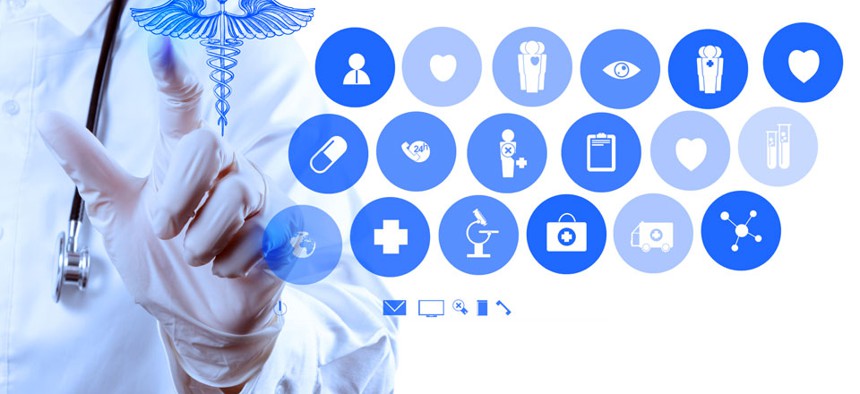Is Big Data the Solution to VA’s Health Care Woes?

everything possible/Shutterstock.com
The key to more proactive patient care is lots and lots of data.
Mark Byers is the president and CEO of DSS, Inc.
The pace of change in health care is fast and furious, but one thing is constant: a shift from reactive to proactive patient care.
And the key component fueling this shift is data, which is becoming more accessible and used to inform more decisions each day.
Health care organizations -- including the Department of Veterans Affairs -- must ensure the proper technology and strategies are in place to transform a field from one that primarily reacts to changes in patient health to one that proactively keeps watch over and anticipates patient health needs.
The difficulty comes when providers don’t have the tools to leverage their data.
They must have systems that help them use existing data or create data to streamline workflow and improve clinical decision support.
To illustrate this, we’ll examine two examples of leveraging big data in different departments of a hospital or health system -- oncology and radiology.
Big Data Improves Efficiency
Support for oncologists is a perfect example of what’s possible when big data is successfully harnessed. Cancer treatment plans are complex, taking into account the type of cancer, the stage it's in, the patient’s overall health and much more.
Likewise, chemotherapy treatments are an intricate combination of dosage, timing and palliative medications.
In the recent past, oncology providers relied on paper-based calculations and ordering processes, leaving the door open to less-than-ideal documentation and limited chemotherapy management due to the inability to appreciate data trends. Patients could experience delayed treatment, multiple hospital admissions and slower recovery times.
Today, sophisticated decision-support tools can streamline chemotherapy workflow, help providers comply with industry best practices and ensure accuracy with chemotherapy doses and timing.
Data from expert sources can be built into these systems to provide dose-limit information and set up drug interaction alerts. In addition, drug dosages can be automatically and accurately calculated based on the patient’s current weight.
These tools can be easily integrated with electronic health records -- such as VA’s Veterans Health Information Systems and Technology Architecture -- to facilitate communication between the primary oncology provider, the various caregivers involved in treatment and the dispensing pharmacists.
As a result, providers spend less time clarifying orders, error rates drop and patient safety improves.
Big Data Informs Care Decisions
Another crucial area for big data is medical imaging, which can be used to help providers determine the most appropriate image test for each encounter
For example, before the 1990 development of the Ottawa Ankle Rules, most ankle-injury patients were referred for X-rays. Today, the application of these rules helps providers determine which patients are likely to have a fracture -- thus reducing overall costs while also decreasing radiation exposure for a significant number of patients.
Further, a Journal of the American College of Radiology study found the use of imaging clinical decision support was associated with large declines in inappropriate advanced imaging tests, such as MRI and CT scans.
In addition to these studies, beginning in 2016 the Centers for Medicare and Medicaid Services will require imaging clinical-decision support for ordering providers.
Given these successes and upcoming legislation, more health care organizations are likely to begin favoring stronger clinical decision-support processes.
When health care organizations take the next step -- combining evidence-based imaging clinical-support data with predictive analytics -- the potential benefits of big data finally can be fulfilled.
These systems have been shown to reduce inappropriate imaging orders and cost by helping providers select the most appropriate procedure, sending the order to the radiologist best suited to perform it and, finally, evaluating the findings from the radiologists.
Therefore, patients undergo fewer unnecessary tests, and are diagnosed faster and more accurately.
Seamless system interoperability is the foundation on which proactive patient care is built.
The success of value-based health care models depends on enabling providers to follow evidence-based protocols powered by data-driven tools, such as clinical decision support and predictive analytics. With the right support, health care organizations can achieve the promise of big data.






 By
By